Chemical Composition of Red Wine
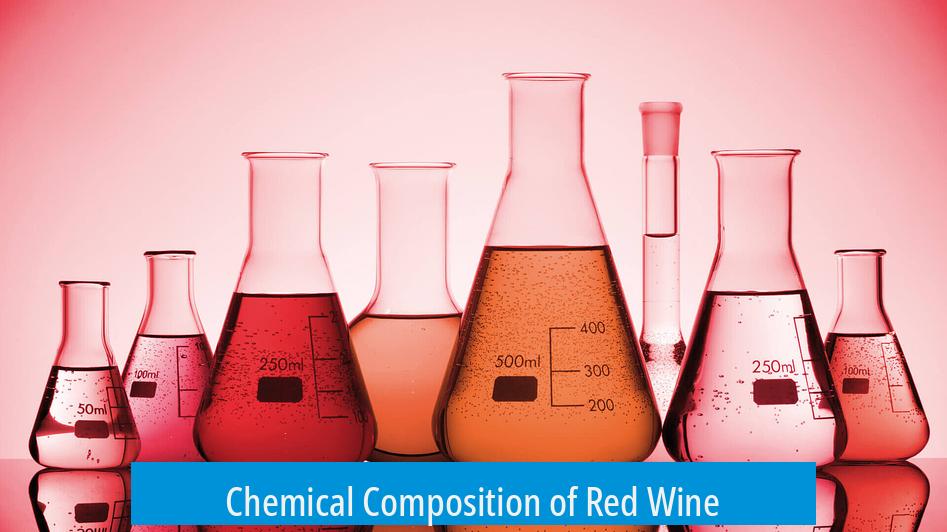
Red wine’s chemical composition is complex, involving various compounds that contribute to its color, flavor, and structure. The main components include water, ethanol, acids, sugars, phenolic compounds, and myriad minor substances influencing sensory qualities.
Anthocyanins and Color
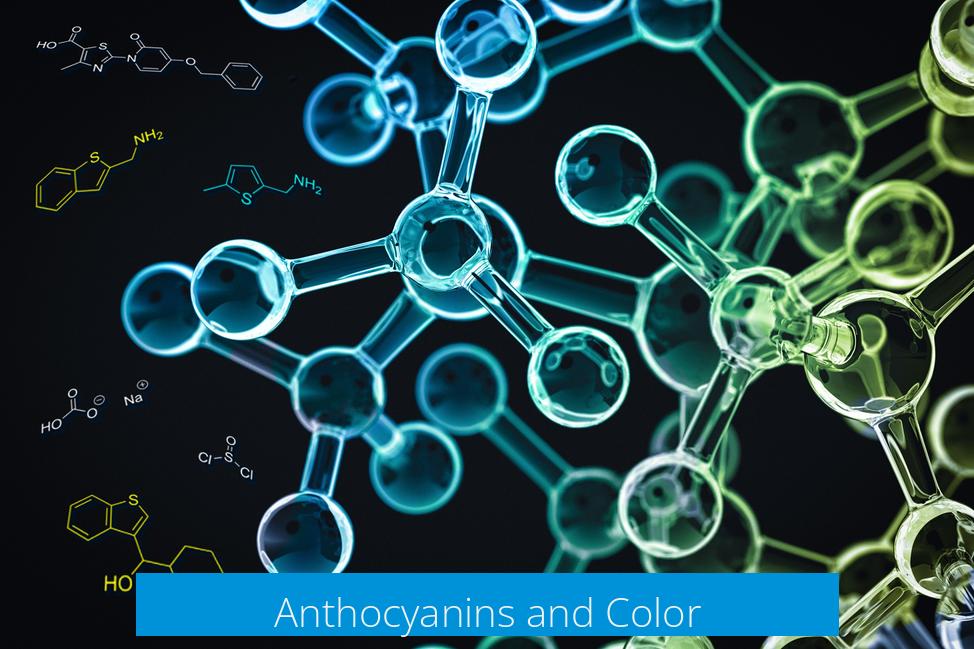
Anthocyanins play a key role in giving red wine its characteristic color. Despite their name, which suggests the presence of nitrogen, these compounds contain no nitrogen atoms.
- The term “anthocyanin” originates from the blue color (cyanin) of some related compounds, not from a chemical feature involving nitrogen.
- These pigments are phenolic molecules with six-membered aromatic rings, contributing to stability and color intensity.
The six-membered ring structures dominate many phenolic compounds in red wine, influencing its stability and reactivity.
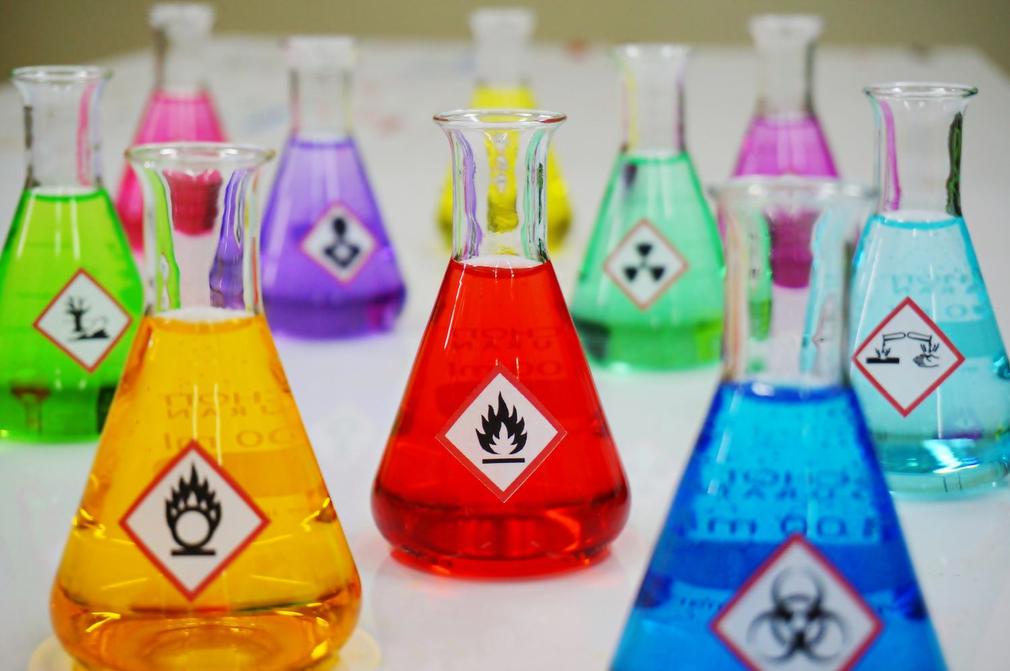
Flavor Contributions from Minor Compounds
Flavor differences in red wines often arise from a small fraction of its chemical constituents.
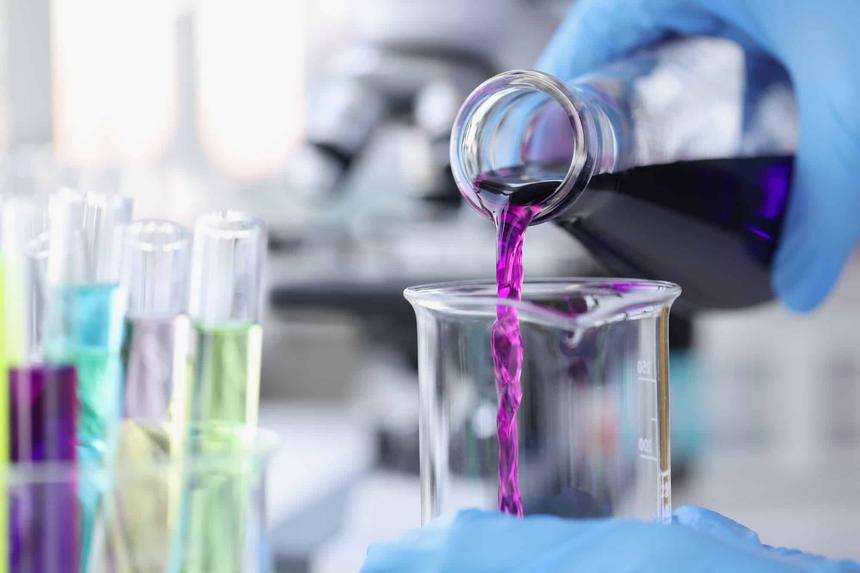
- Approximately 1% of compounds are responsible for the wide spectrum of flavor variations.
- These minor compounds include esters, aldehydes, and phenolics altering aroma and taste.
Understanding that minor chemical differences massively impact sensory perception is important in wine chemistry.
Structural Characteristics of Red Wine Compounds
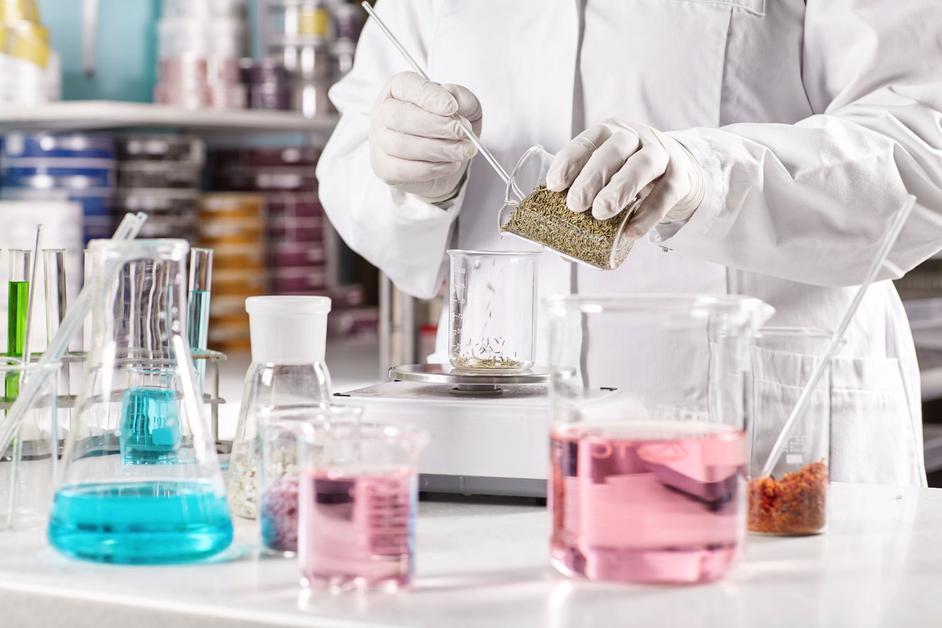
Many compounds in red wine feature six-membered ring structures, especially phenolics such as flavonoids and anthocyanins.
| Compound Type | Structural Feature | Function |
|---|---|---|
| Anthocyanins | Six-membered aromatic rings | Color pigment |
| Flavonoids | Multiple six-membered rings | Antioxidant properties, flavor |
| Esters and aldehydes | Various structures | Flavor and aroma |
The prominence of these ring systems aids in the stability and bioactivity of compounds, affecting red wine’s sensory characteristics.
Summary of Key Points
https://www.youtube.com/watch?v=YNh5IYpeClo
- Anthocyanins provide color and contain no nitrogen despite their name derived from color.
- Only about 1% of compounds influence the diversity of red wine flavors significantly.
- Six-membered rings are a common structural feature in phenolic compounds, crucial to wine’s chemical nature.
The Chemical Composition of Red Wine: More Than Just a Drink
What exactly makes red wine taste so distinct and give that great color? It all boils down to its chemical composition. Red wine is a complex brew packed with various compounds that influence everything from flavor to color and texture. Let’s lift the lid on some of these fascinating chemicals to see what’s really swirling in your glass.
Ever wondered why red wine has that deep, alluring color? The secret lies with the anthocyanins, a group of pigment compounds that give red wine its signature hues. Before we dive into their chemistry, let’s clear up a common misconception about their name.
Anthocyanins: The Colorful Characters in Your Wine
The term ‘anthocyanin’ might make you think these molecules carry cyanide because of the “cyanin” part. But hold up! That’s not the case. The name actually comes from their blue-ish coloration, not some nitrogen-related bond or sinister chemical group like C≡N.
Surprisingly, anthocyanins don’t even contain nitrogen. The “cyanin” is all about color—in other words, these molecules are named after their vivid blue shades, which contribute to the red, purple, and blue tints in grapes and therefore in wine.
These pigments belong to the flavonoid family and have a chemical structure that features six-membered rings—more on why this matters shortly. Anthocyanins are sensitive to pH and can vary in color depending on the wine’s acidity. This is why a wine’s hue changes slightly depending on grape variety and winemaking technique.
The Power of 1%: Minor Compounds Make Major Flavor Differences
Here’s a neat fact that might surprise you: only about 1% of the compounds in red wine create the vast differences in flavor between varieties. Yes, a tiny fraction wields mighty influence!
Think of red wine as a symphony; most of the instruments play the background melody—alcohol, sugars, water—and you barely notice them individually. But the flavor notes and complexity come from minor compounds like esters, tannins, aldehydes, and other phenolics.
These compounds interact in subtle ways, influencing aroma and taste profiles. For instance, tannins contribute to that dry, puckering sensation, while esters deliver fruity notes. Different vineyards, grapes, and aging methods tweak this 1% cocktail, creating the diverse red wines you find—from a bold Cabernet Sauvignon to a delicate Pinot Noir.
What’s So Special About Six-Membered Rings?
Many chemical compounds in red wine, including anthocyanins, flaunt a common feature: they prominently feature six-membered ring structures. You might ask, “Why do chemists care so much about these rings?”
Six-membered rings, often referred to as benzene-type rings, provide stability and a perfect framework for molecules like flavonoids. These rings allow molecules to absorb light in specific ways, which directly influences color. Plus, their shape affects how molecules bind to other compounds or cell receptors, impacting taste sensations and even health properties.
So, when you sip a glass of red, you’re not just tasting fermented grape juice but experiencing the chemical symphony built on these neat six-membered rings.
From Chemistry to Your Glass: Why It Matters
Understanding the chemical composition of red wine deepens appreciation for every sip. For example, knowing that anthocyanins bring color and that just a sliver of the compounds—about 1%—dictate taste variety helps explain why vintners obsess over grape selection and fermentation methods.
This knowledge isn’t just trivia—winemakers can tweak growing conditions or aging environments to emphasize certain compounds, enhancing desirable flavors or colors.
Practical Tips for Wine Lovers
- Experiment with different wines: Since only 1% of compounds influence flavor, trying wines from various regions or grapes can amaze your palate.
- Notice color shifts: Next time you pour wine, observe its hue changes with light and glass shape. It’s chemistry in action!
- Pair thoughtfully: Since phenolic compounds influence bitterness and astringency, pair red wine wisely with food to balance these effects.
Final Thoughts: A Glass of Chemistry
Next time you enjoy a red glass, remember it’s a dance of molecules—particularly anthocyanins, flavonoids, and a host of minor compounds—that creates your sensory experience. Their chemical architecture, featuring those stable six-membered rings, crafts wine’s color and mouthfeel. And with just a tiny fraction of compounds dictating most of the flavor differences, every bottle truly tells a unique chemical story.
“Drinking wine is drinking nature’s chemistry lab, rich in pigments, rings, and flavors.”
So, raise your glass not just to taste, but to marvel at the fascinating chemistry that cheers your senses!
What does the name “anthocyanins” refer to in red wine?
The name “anthocyanins” comes from their blue color. It is not related to the presence of nitrogen or a C≡N bond in their structure.
How much of red wine’s chemical composition affects its flavor?
Only about 1% of the compounds in red wine are responsible for the wide range of flavor differences among various wines.
Why are six-membered rings important in red wine compounds?
Many compounds in red wine, including anthocyanins, have six-membered ring structures. This feature influences the wine’s chemical properties and flavors.


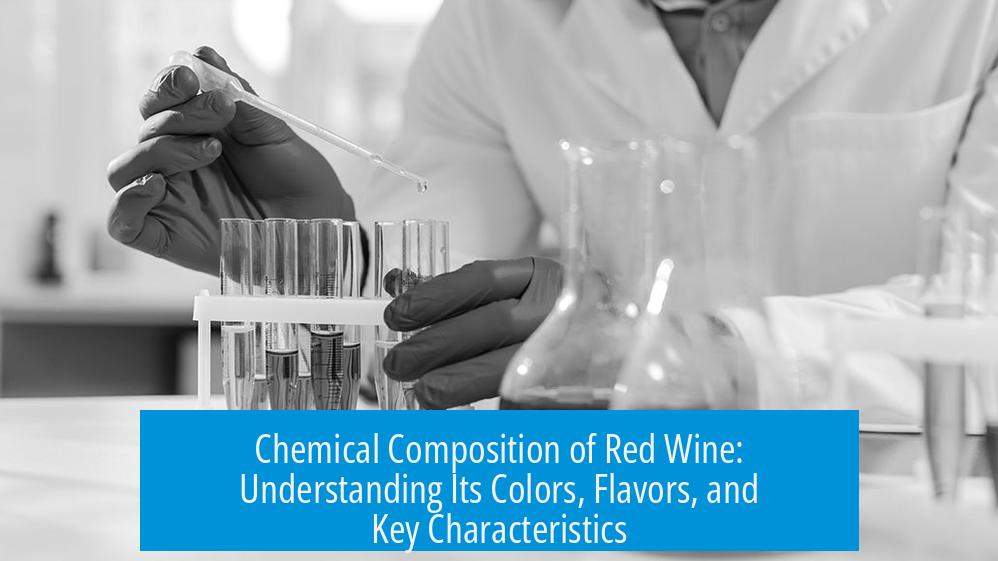


Leave a Comment